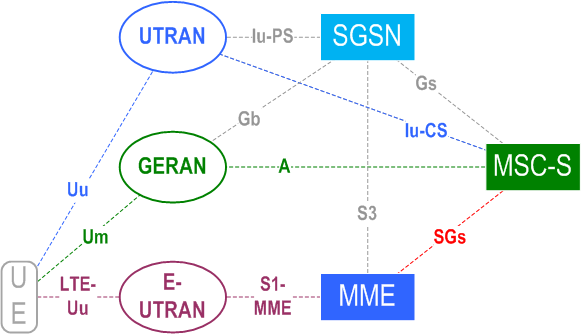TS 23.272
CSFB – Circuit Switched FallBack in EPS
V19.0.0 (Wzip)
2024/09 105 p.
V18.0.0 (PDF)
2024/03 107 p.
V17.0.0
2021/09 107 p.
V16.0.0
2020/06 107 p.
V15.0.0
2017/12 107 p.
V14.2.0
2017/12 107 p.
V13.6.0
2017/12 107 p.
V12.6.0
2015/06 103 p.
V11.10.0
2015/06 102 p.
V10.15.0
2014/06 86 p.
V9.15.0
2013/09 76 p.
V8.12.0
2012/06 59 p.
- Rapporteur:
- Ms. Demel, Sabine
Deutsche Telekom AG

essential Table of Contents for TS 23.272 Word version: 19.0.0
each title, in the "available" or "not available yet" area, links to the equivalent title in the CONTENT